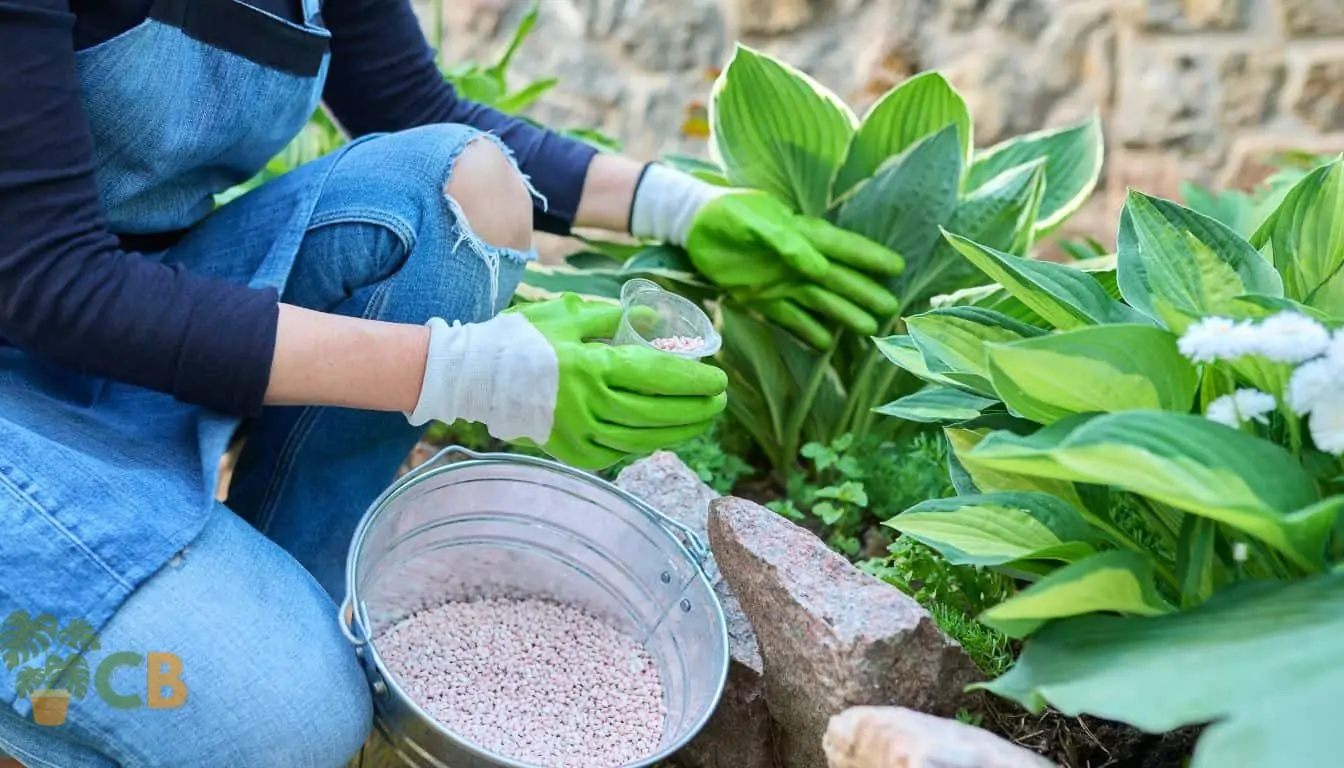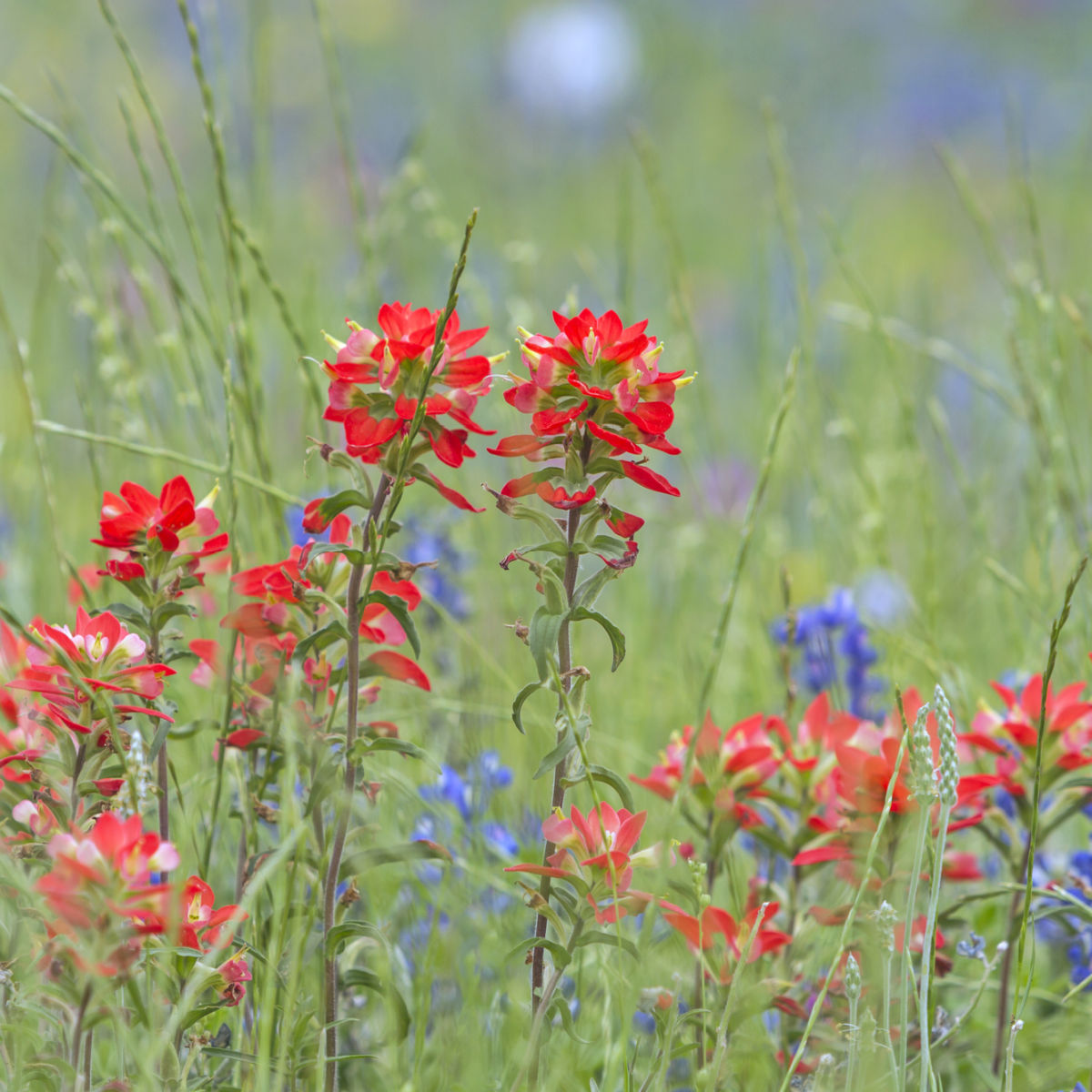Learn Concerning the Particular Plants That Are Detrimentally Affected by Epsom Salt Application
Epsom salt, a popular home treatment for various horticulture concerns, is frequently applauded for its useful impacts on plant development. Comprehending the details plants that can be detrimentally influenced by Epsom salt is essential for any kind of gardener looking to optimize their plant care routine.
Roses

Roses, specifically sensitive to adjustments in their setting, can be adversely influenced by the application of Epsom salt. While Epsom salt is generally made use of as a fertilizer to promote plant growth and enhance blooming, roses are just one of the plants that do not react well to its application. The high magnesium material in Epsom salt can hinder the uptake of other important nutrients by the rose plants, bring about deficiencies that show up as yellowing leaves or stunted development.
:max_bytes(150000):strip_icc()/GettyImages-1317990269-f9c37b77324f4095b1916657ff7b26fb.jpg)
Tomatoes
While Epsom salt is often proclaimed as a solution for various plant concerns, including bloom end rot in tomatoes, its application can lead to harmful results if not utilized deliberately. Extreme Epsom salt, which is magnesium sulfate, can interrupt the delicate nutrient equilibrium needed by tomatoes, potentially leading to deficiencies in various other vital nutrients like calcium. When thinking about the use of Epsom salt on tomatoes, it is vital to adhere to suggested application rates and soil screening to protect against unintentional effects on the total health and wellness and efficiency of these precious yard plants.
Peppers
Peppers, respected for their various colors and levels of spiciness, can show vulnerability to unfavorable impacts from Epsom salt when not applied with care and factor to consider for their particular nutritional requirements. what plants don't like epsom salt. Peppers, coming from the Solanaceae household, call for a fragile equilibrium of nutrients to grow. While Epsom salt is recognized to boost magnesium levels in plants, extreme application can interrupt this equilibrium, leading to negative impacts on pepper plants
When peppers are exposed to high degrees of magnesium from Epsom salt, it can conflict click to find out more with the plant's capability to absorb various other vital nutrients like calcium and potassium. This inequality might manifest in signs and symptoms such as leaf staining, stunted growth, and reduced fruit production. In addition, the excessive magnesium can modify the dirt pH, additional aggravating nutrient uptake concerns for peppers.

Rhododendrons
Offered the sensitivity of specific plant varieties to discrepancies created by Epsom salt, it is important to consider the effect on Rhododendrons, which additionally call for specific nutrient degrees to grow. Rhododendrons are acid-loving plants that choose acidic soil conditions with a pH array between 4.5 and 6.0. Epsom salt, chemically known as magnesium sulfate, can change the soil pH and interrupt the fragile balance of try here nutrients crucial for Rhododendron health.

To preserve the ideal development and health and wellness of Rhododendrons, it is crucial to prevent the indiscriminate use Epsom salt and instead concentrate on offering the specific acidic soil conditions and nutrients that these plants need for prospering.
Azaleas
These popular flowering plants are usually found in landscapes, parks, and yards due to their beauty and convenience. While Epsom salt is typically made use of as a solution for magnesium deficiency in plants, its application to azaleas can have negative effects.
Azaleas choose a little acidic dirt problems, and an extra of magnesium from Epsom salt can disrupt this balance, leading to nutrient inequalities and potential poisoning issues. The incorrect application of Epsom salt can result in stunted development, yellowing of leaves, and total decline in the wellness of azaleas.
Verdict
To conclude, it is necessary to be familiar with the particular plants that can be detrimentally influenced by the application of Epsom salt. Roses, tomatoes, azaleas, peppers, and rhododendrons are some examples of plants that might not benefit from Epsom salt and could also suffer injury. It is vital to research and understand the demands of each plant varieties before utilizing Epsom salt as a fertilizer to guarantee their health and health.
Recognizing the certain plants that can be adversely affected by Epsom salt is essential for any garden enthusiast looking to maximize their plant treatment regimen. While Epsom salt is frequently made use of as a plant food to advertise plant development and enhance flowering, roses are one of the plants that do not react well to its application.Excessive use of Epsom salt can likewise result in More Help a build-up of salts in the soil, leading to root damage and dehydration of the rose plants. While Epsom salt is recognized to improve magnesium degrees in plants, extreme application can disrupt this equilibrium, leading to unfavorable impacts on pepper plants.
The high salt material in Epsom salt can also dehydrate Rhododendron origins, creating additional tension and damage to the plant. (what plants don't like epsom salt)